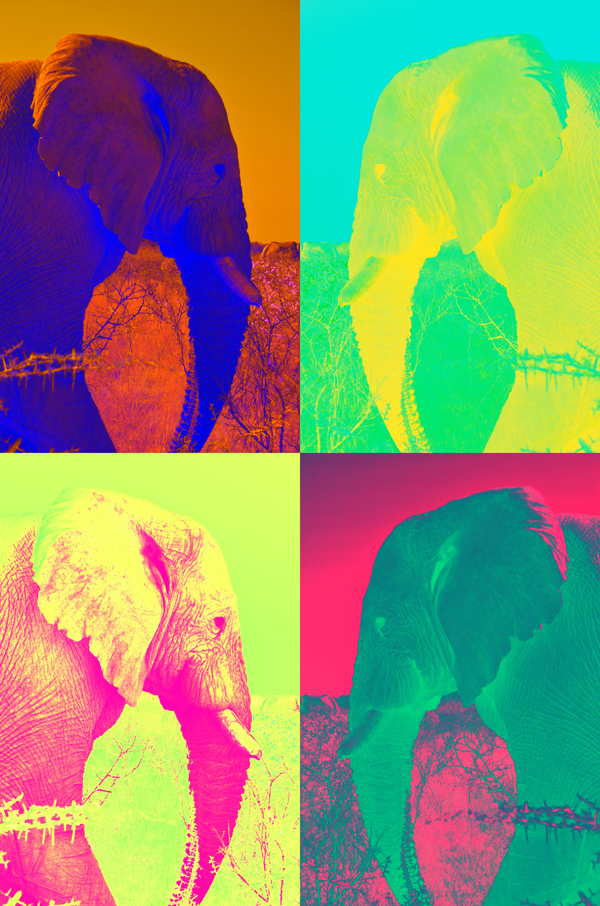Article from http://www.technologyreview.com – Author: Tom Simonite
The company wants to improve its mobile search services by automatically delivering information you wouldn’t think to search for online.
For three days last month, at eight randomly chosen times a day, my phone buzzed and Google asked me: “What did you want to know recently?” The answers I provided were part of an experiment involving me and about 150 other people. It was designed to help the world’s biggest search company understand how it can deliver information to users that they’d never have thought to search for online.
Billions of Google searches are made every day—for all kinds of things—but we still look elsewhere for certain types of information, and the company wants to know what those things are.
“Maybe [these users are] asking a friend, or they have to look up a manual to put together their Ikea furniture,” says Jon Wiley, lead user experience designer for Google search. Wiley helped lead the research exercise, known as the Daily Information Needs Study.
If Google is to achieve its stated mission to “organize the world’s information and make it universally accessible,” says Wiley, it must find out about those hidden needs and learn how to serve them. And he says experience sampling—bugging people to share what they want to know right now, whether they took action on it or not—is the best way to do it. “Doing that on a mobile device is a relatively new technology, and it’s getting us better information that we really haven’t had in the past,” he says.
Wiley isn’t ready to share results from the study just yet, but this participant found plenty of examples of relatively small pieces of information that I’d never turn to Google for. For example, how long the line currently is in a local grocery store. Some offline activities, such as reading a novel, or cooking a meal, generated questions that I hadn’t turned to Google to answer—mainly due to the inconvenience of having to grab a computer or phone in order to sift through results.
Wiley’s research may take Google in new directions. “One of the patterns that stands out is the multitude of devices that people have in their lives,” he says. Just as mobile devices made it possible for Google to discover unmet needs for information through the study, they could also be used to meet those needs in the future.
Contextual information provided by mobile devices—via GPS chips and other sensors—can provide clues about a person and his situation, allowing Google to guess what that person wants. “We’ve often said the perfect search engine will provide you with exactly what you need to know at exactly the right moment, potentially without you having to ask for it,” says Wiley.
Google is already taking the first steps in this direction. Google Now offers unsolicited directions, weather forecasts, flight updates, and other information when it thinks you need them (see “Google’s Answer to Siri Thinks Ahead”). Google Glass—eyeglass frames with an integrated display (see “You Will Want Google’s Goggles”)—could also provide an opportunity to preëmptively answer questions or provide useful information. “It’s the pinnacle of this hands-free experience, an entirely new class of device,” Wiley says of Google Glass, and he expects his research to help shape this experience.
Google may be heading toward a new kind of search, one that is very different from the service it started with, says Jonas Michel, a researcher working on similar ideas at the University of Texas at Austin. “In the future you might want to search very new information from the physical environment,” Michel says. “Your information needs are very localized to that place and event and moment.”
Finding the data needed to answer future queries will involve more than just crawling the Web. Google Now already combines location data with real-time feeds, for example, from U.S. public transit authorities, allowing a user to walk up to a bus stop and pull out his phone to find arrival times already provided.
Michel is one of several researchers working on an alternative solution—a search engine for mobile devices dubbed Gander, which communicates directly with local sensors. A pilot being installed on the University of Texas campus will, starting early next year, allow students to find out wait times at different cafés and restaurants, or find the nearest person working on the same assignment.
Back at Google, Wiley is more focused on finding further evidence that many informational needs still go unGoogled. The work may ultimately provide the company with a deeper understanding of the value of different kinds of data. “We’re going to continue doing this,” he says. “Seeing how things change over time gives us a lot of information about what’s important.”














